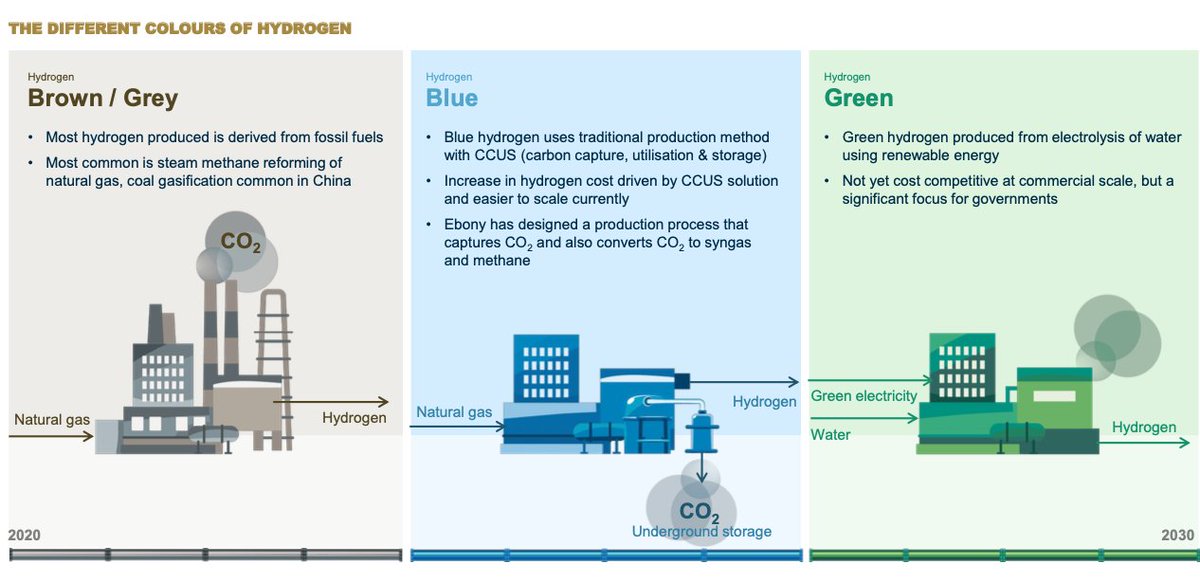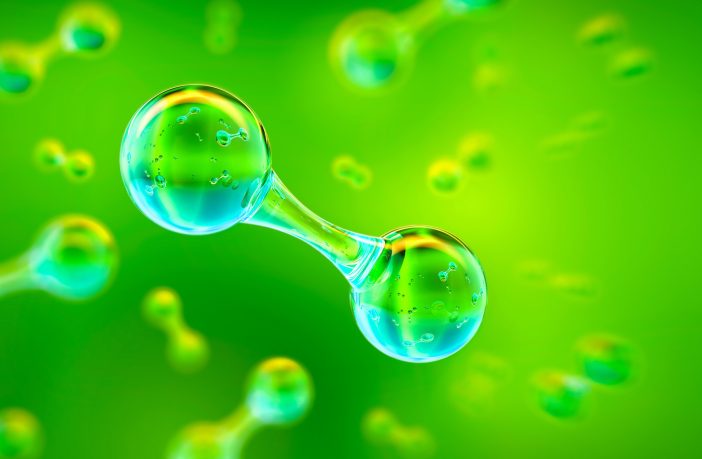- There are four main sources for the commercial production of hydrogen: natural gas, oil, coal, and electrolysis; which account for 48%, 30%, 18% and 4% of the world’s hydrogen production respectively.
- Fossil fuels are the dominant source of industrial hydrogen.
- Carbon dioxide can be separated from natural gas with a 70–85% efficiency for hydrogen production and from other hydrocarbons to varying degrees of efficiency.
- Bulk hydrogen is usually produced by the steam reforming of methane or natural gas.

Graphic illustration credit: HXG
Hydrogen produced from water by electrolysis using renewable energy is referred to as renewable hydrogen or green hydrogen. Hydrogen produced from brown coal is brown hydrogen and hydrogen produced from black coal is called black hydrogen. Hydrogen produced from natural gas or petroleum might be referred to as grey hydrogen. Brown or grey hydrogen production combined with carbon capture and storage/sequestration might be referred to as blue hydrogen.
Author: Bryan Groenendaal











